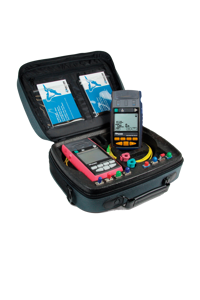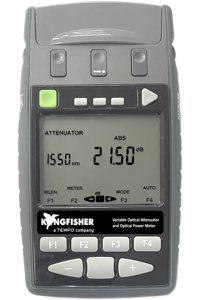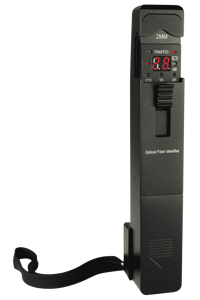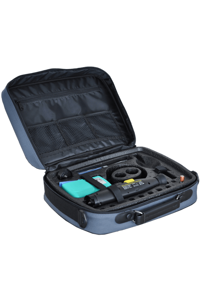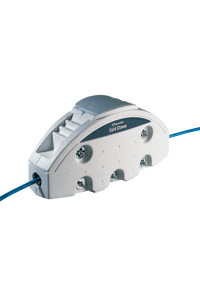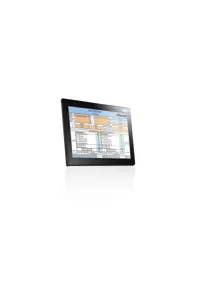This page offers a general guide on the various levels of calibration compliance:
There are typically four levels of calibration compliance offered by calibration laboratories. Compliance level is determined by the calibration certificate details only, not supporting claims from other locations.
ISO/IEC 17025 audited (traceable) calibration
 This is the highest level of calibration certificate.
This is the highest level of calibration certificate.
The calibration certificate includes full test data and uncertainty. It must show the laboratory accreditation body logo, usually the laboratory accreditation number. and may also show the ILAC logo. It is internationally recognized as a traceable certificate.
The laboratory's accreditation body operates within ISO/IEC 17011 and is an ILAC signatory. It usually has a web site where the accreditation scope of all their accredited laboratories is available to the public, so you can easily check if the reported calibrations fall within their accreditation scope.
The calibrated instrument is traceable, and can be used by anyone to calibrate other equipment in compliance with ISO 9001.
>Another ISO/IEC 17025 compliant laboratory can use this calibrated instrument to traceably calibrate other equipment.>
Some National Measurement Institutes do not reference ISO/IEC 17025, but are at an equivalent level on the basis of peer review or other.
The calibration equipment is traceable. The calibrated instrument is traceable.
Why ISO/IEC 17025? further reading
ISO/IEC 17025 unaudited calibration
The calibration certificate includes full test data and uncertainty. The calibration certificate is recognized as traceable in perhaps limited circumstances.
The calibration certificate claims ISO/IEC 17025 compliance, but it is not externally audited / accredited.
The calibration certificate does not include an external laboratory accreditation body logo (such as NATA, NIST, METAS etc. Possibly additionally ILAC), and it references ISO/IEC 17025 in a text statement only.
The calibration equipment is traceable. The calibrated instrument "may be regarded" as traceable in perhaps limited circumstances.
ISO 9001 compliant calibration
The certificate does not have an external laboratory accreditation body logo, or reference to ISO/IEC 17025, it may reference ISO9001. It must state that the equipment used for calibration is traceable.
These certificates are commonly pass / fail or QA certificates, with or without test data.
The calibration equipment is traceable. The calibrated instrument is not traceable.
Non-compliant calibration
This type of calibration certificate is of little formal value, since it does not meet any compliance requirements, but may be sufficient for casual users.
The certificate does not refer to an external laboratory accreditation body or ISO/IEC 17025, it may reference ISO9001. These are commonly just pass / fail or QA certificates, with no test data.
The calibration equipment is not traceable. The calibrated instrument is not traceable.


